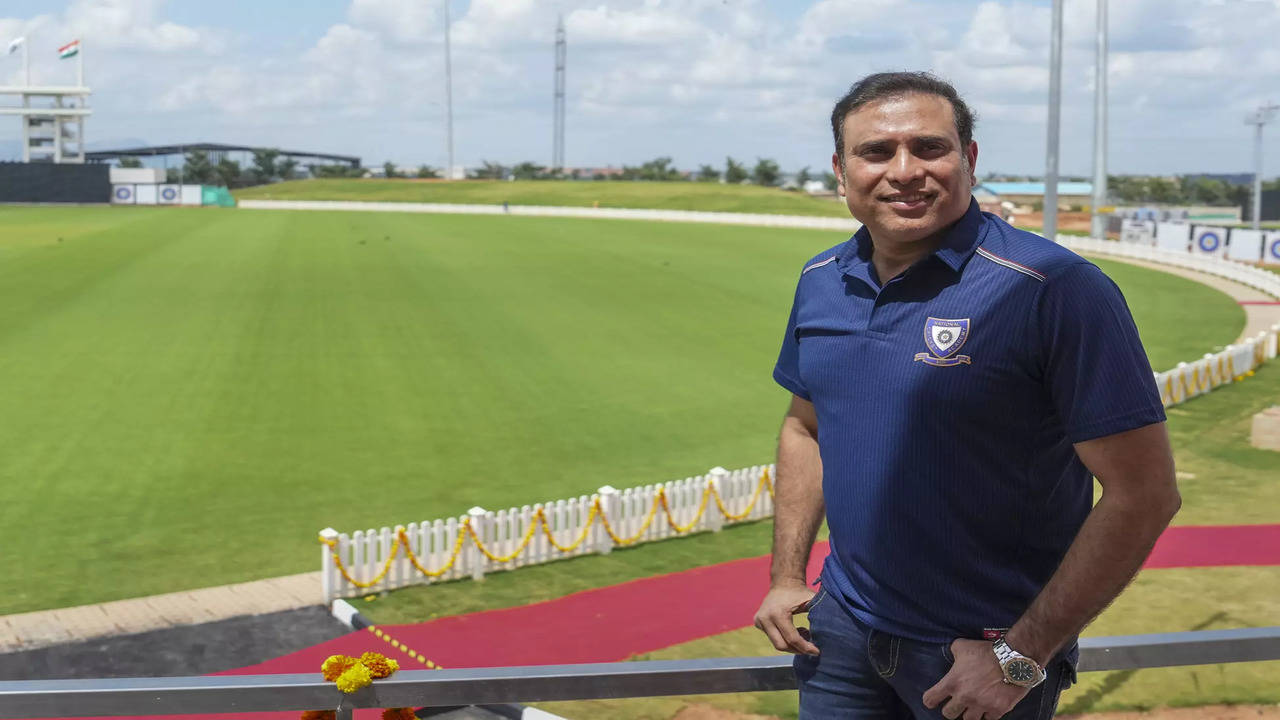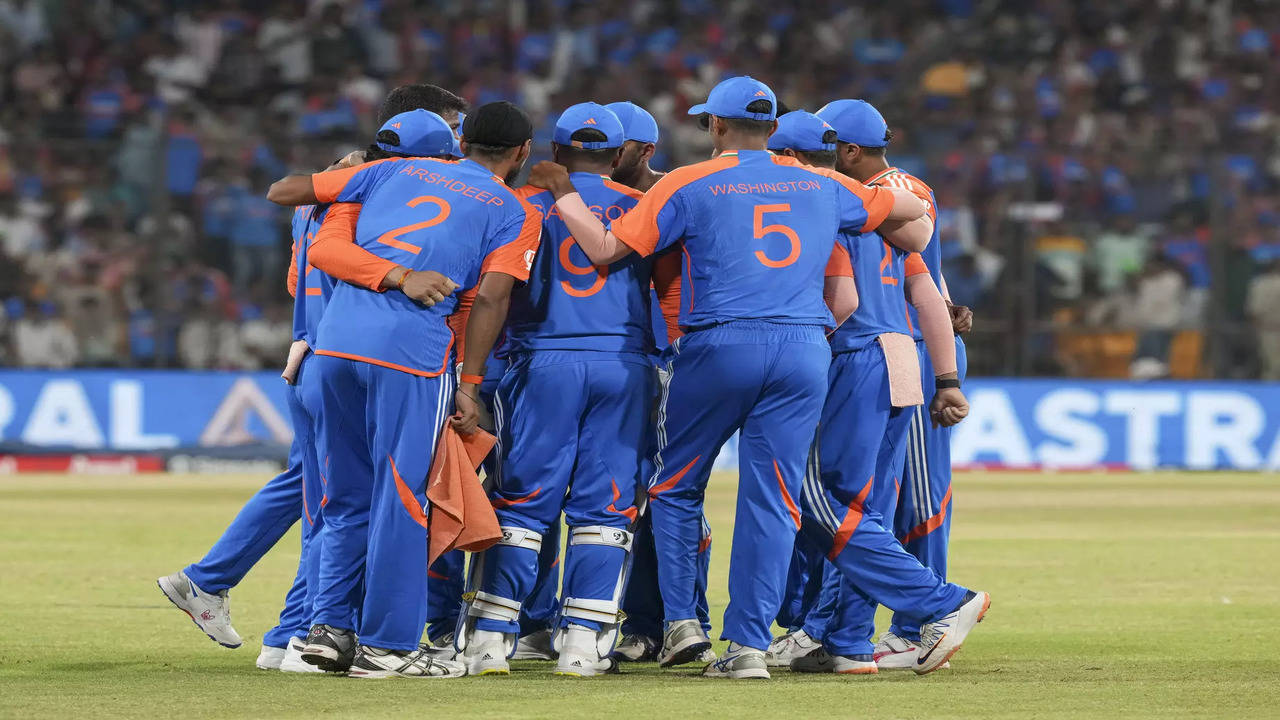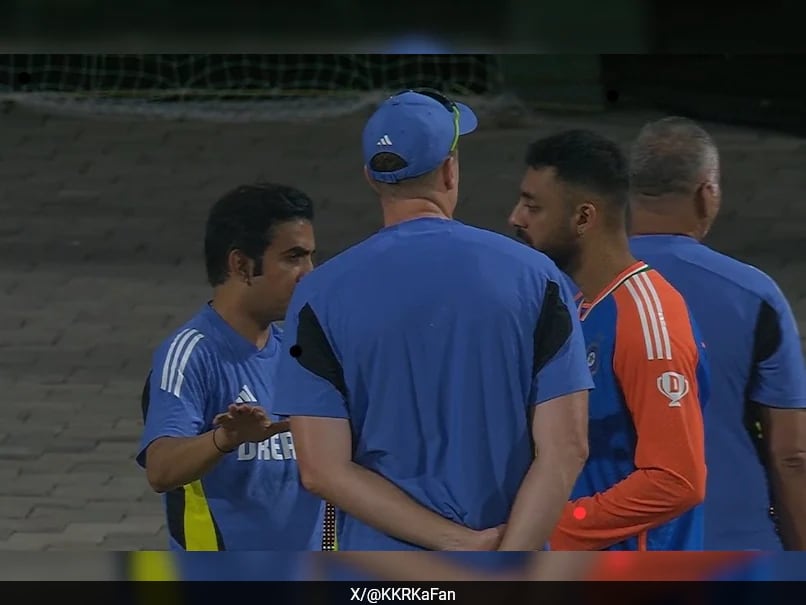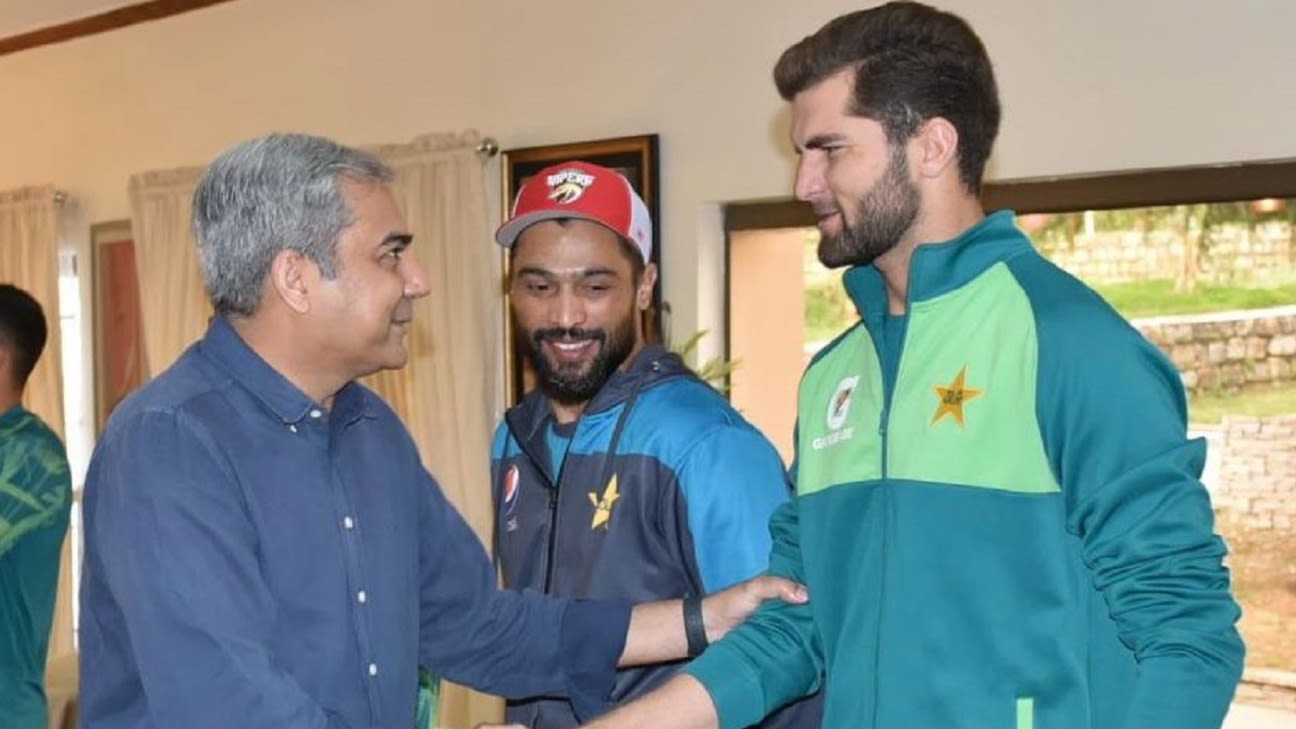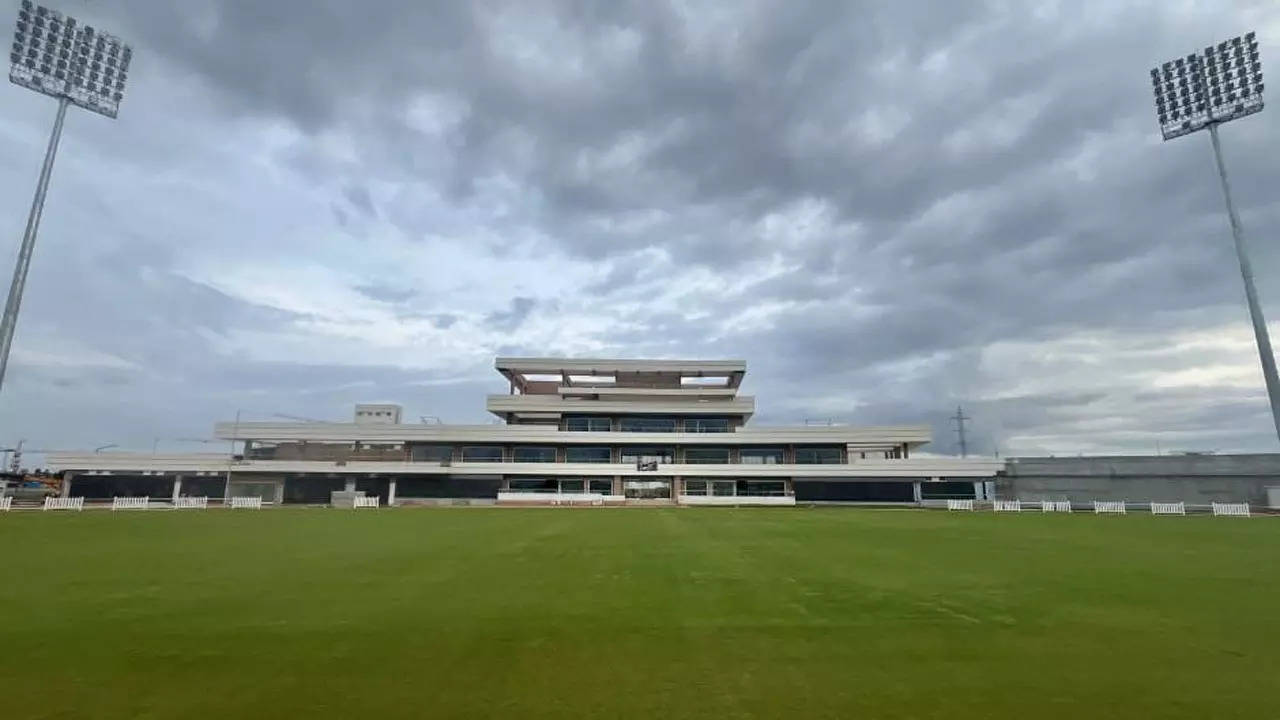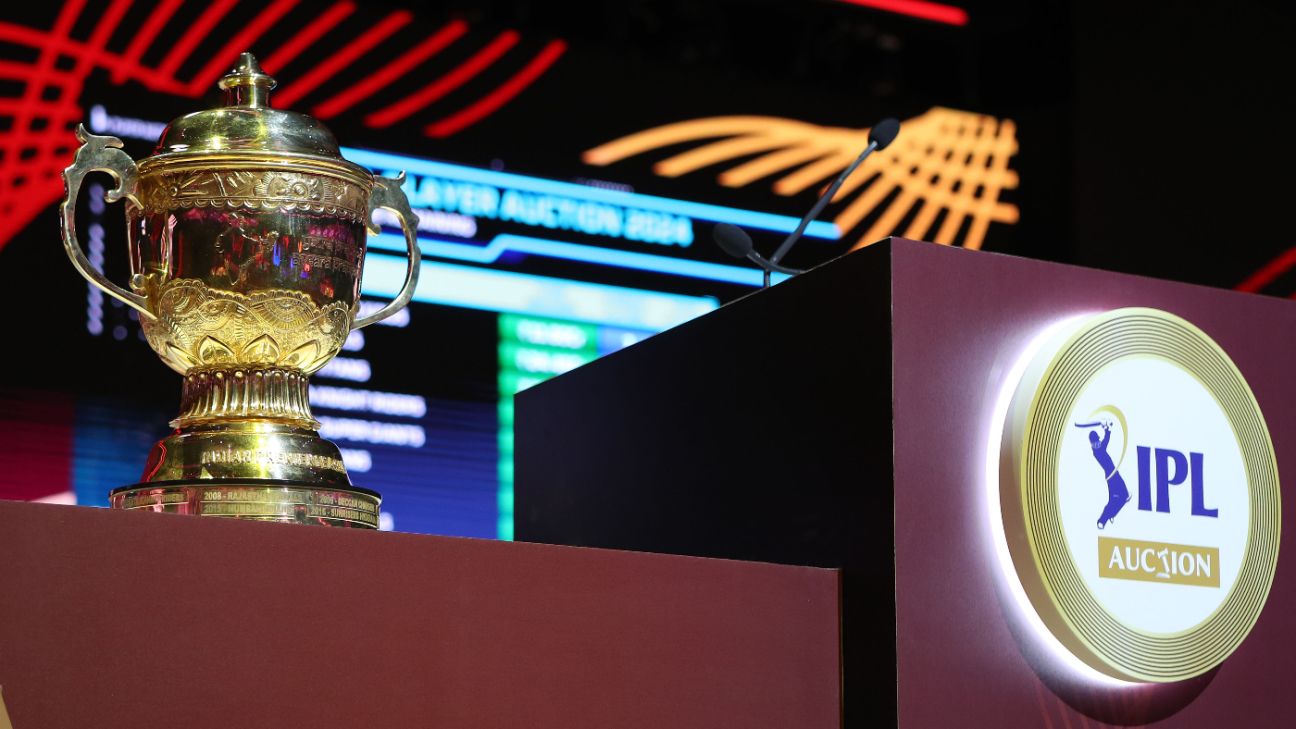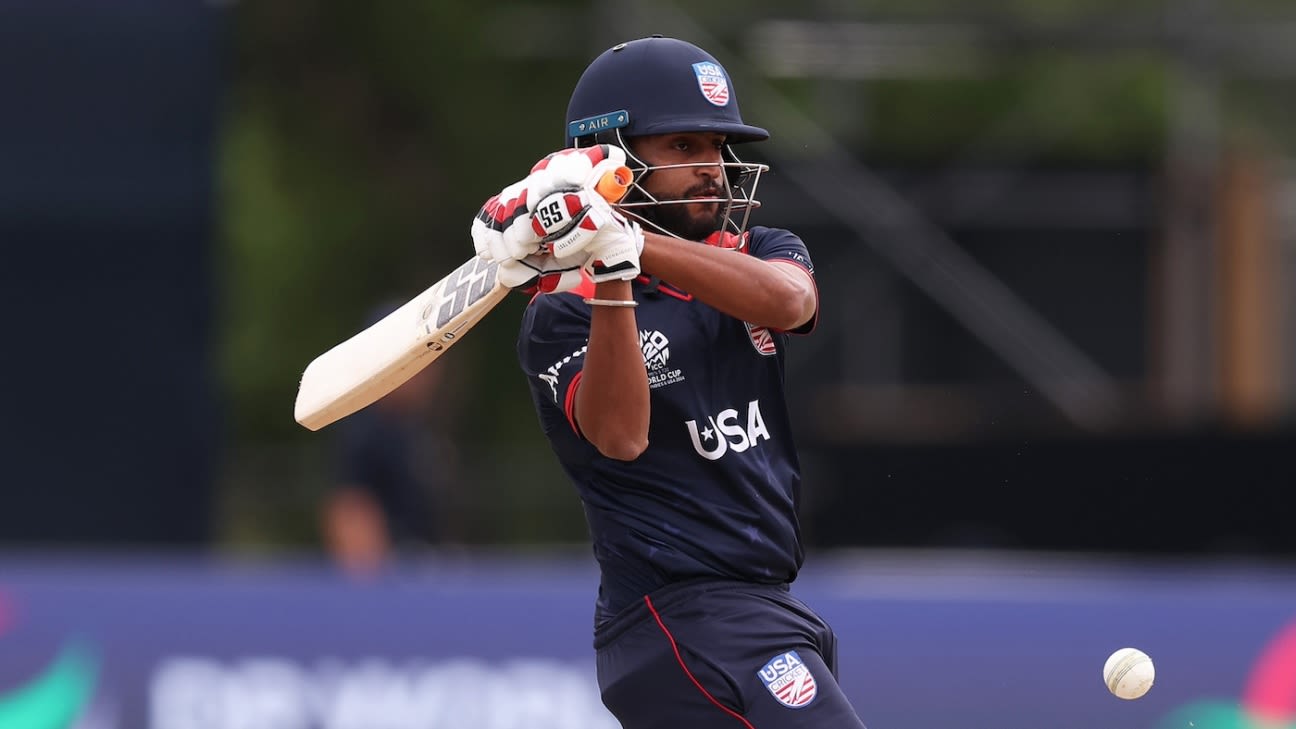South Africa's Balancing Act: Walter Explains Bilateral Struggles
South Africa's white-ball coach Rob Walter has acknowledged the team's recent struggles in bilateral T20I series, but emphasized the importance of balancing the need to field the best XI with exposing younger players to top-level competition.In the recently concluded series against India, South Africa's bowling attack, which lacked the experience of Kagiso Rabada, Lungi Ngidi, Anrich Nortje, and Tabraiz Shamsi, conceded over 200 runs three times in four matches. Walter explained that this was a consequence of trying to deepen the player pool."To grow the net of players, there's times we have to play younger guys even in big series against good teams. And ultimately, that's where they're going to learn the most," Walter said.However, Walter acknowledged that the team's performance was not acceptable. "It's really a balancing act and there's no right or wrong. We're trying to get it right, we're trying to get rest right, we're trying to get rotation right, we're trying to get exposure right all at the same time. But it doesn't excuse the performance. We still need to be better and that starts with me as the head coach of the team."Walter also highlighted the discrepancy between South Africa's bilateral form and their success in major tournaments, such as the T20 World Cup. "The easy answer is that when we go to the world tournaments, we're picking our very best 15 players but we can't pick those same 15 players every single time we play. It's just not feasible. It's just too much cricket."Walter recognized the depth of India's squad, which allowed them to field a strong team even in the absence of key players. "Their fringe players are stepping up and creating pressure on the guys that are in main XI," he said.Walter also addressed the issue of players opting out of central contracts to play in franchise leagues. "A guy like Anrich, I certainly wouldn't doubt his want to play for South Africa and his commitment to do that. But he made a decision personally around contracting so that he could move away from playing Test cricket for a while. I think physically he was finding it a bit tough to do everything and I respect that," Walter said."At the end of the day, when it comes to the world tournaments, we want to pick our best side. And if he is one of those best players, we consider him. Shammo has done exactly the same thing. We need to be cognisant of what's happening in world cricket. It's not easy and the national side is competing with franchise cricket. The money lies in franchise cricket, not international cricket. That's the reality that we live in."Walter concluded by emphasizing the ongoing balancing act between fielding the best team and developing younger players. "And so, again, the balancing act continues."
Read more


